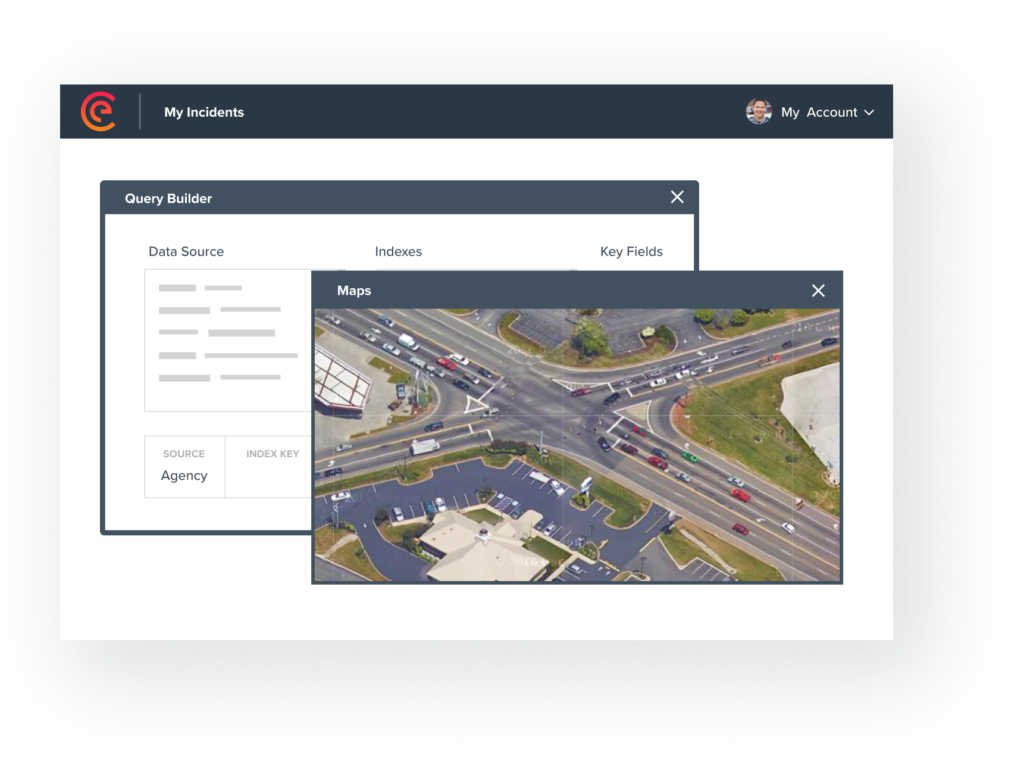- Increased efficiency and accuracy in data entry
Law Enforcement agencies are responsible for maintaining law and order in society. They need to enter data into their mobile devices while on duty. This data includes information about criminals, victims, and witnesses. In the past, police officers used paper and pen to record this data. This was not only time-consuming but also prone to errors. A mobile data terminal equipped with intuitive software ensures that fields are correctly being filled.
2. The ability to interface with existing technologies
Software is crucial for any business. In the public safety industry, this is no different. Mobile data terminals (MDTs) in police cars are one such example of an essential piece of technology that needs to be compatible with various software applications.
3. Cloud accessible secure software
Nowadays, there is a growing need for police departments to have access to secure mobile data terminals in order to help them respond quickly and efficiently to emergencies. However, with the rise of cloud computing, there is also a heightened concern about the security of these systems. In order to ensure that police departments can take advantage of this technology, partnering with cloud-based solutions is critical.
and most importantly…
4. Harness the power of real-time data in using mobile data terminals
In an age of big data, police forces are extremely reliant on mobile data terminals (MDTs) to help them make sense of the substantial amounts of data they now have at their disposal. By connecting MDTs to secure databases, officers can access and update information in real time, whether it is responding to a call or sharing critical data across jurisdictions, real-time data helps save lives and increase community outcomes.
Real-time data look-up is not only efficient, but it can also help to keep officers safe. In the past, an officer would have to approach a vehicle not knowing who they were dealing with. Now, with the tap of a finger, an officer should have all the latest information they need at their disposal. In addition, leveraging cloud-based software on mobile data terminals allows officers to pull records on repeat offenders, share critical information with other departments if needed, and ultimately streamline reporting efforts.
The availability of real-time data is increasing, allowing officers to have more insight and knowledge in the field. An officer who in the past could only check data no more than 10 times per shift can now look up over 100 data points in relation to people, vehicles and more. The ability to look up the data in real-time with mobile data terminals is unlimited and enables officers to disseminate the information from data to handle each incident they encounter. Tracking criminal activity via secure software is the future of policing. Understanding patterns of crime across communities enables agencies to allocate resources where necessary to combat crime. However, this process is often hindered by outdated or inaccurate data. Mobile Data Terminal (MDT) software provides police with the ability to quickly and accurately input data related to criminal activity, which can then be used to generate crime maps and heat maps.
Real-time data can also help with the prioritization of missions. For example, locating high-alert suspects for murder or missing persons cases. With real-time look up capability and data-sharing – apprehending criminals can go from weeks to days. Mobile data terminals (MDTs) in police vehicles are an example of how real-time data is being used by law enforcement. MDTs are rugged, hand-held devices that give officers access to criminal databases, mapping software and other tools while on patrol. The software that powers MDTs is critical for keeping officers safe.



